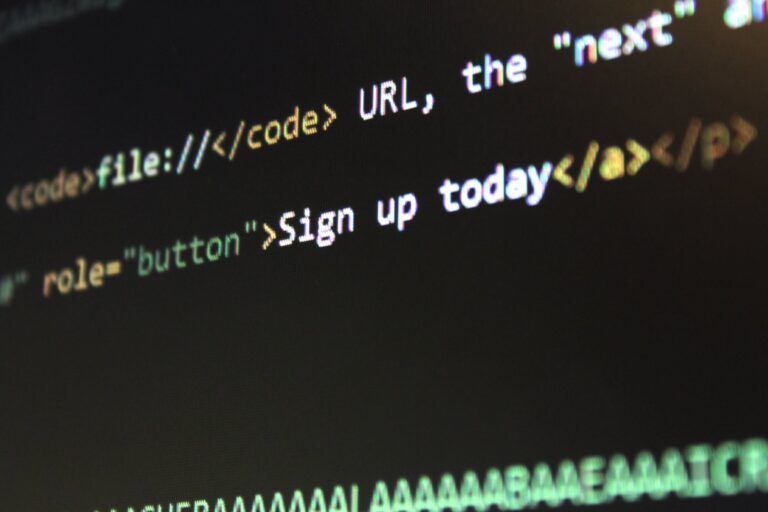In a world where owning a home is often seen as an integral part of achieving the American dream, it’s time to question whether this belief stands up to financial scrutiny. This article aims to challenge the assumption that home ownership is an absolute necessity and debunk common misconceptions that contribute to its perceived indispensability. Let’s go.

1. “You own your place when you buy a home.”
The idea that buying a home grants full ownership overlooks the widespread use of mortgages. A substantial number of homeowners in the U.S. are still paying off their mortgages, emphasizing the conditional nature of home ownership. If financial obligations falter, the potential for foreclosure serves as a stark reminder that ownership is contingent on meeting monetary commitments.
Imagine you purchase a home for $250,000 with a mortgage. You put down a $50,000 down payment, and the remaining $200,000 is borrowed from the bank. Despite having the keys to the house, you don’t fully own it until the mortgage is paid off.
Now, let’s say you encounter unexpected financial difficulties, making it challenging to keep up with your mortgage payments. If you consistently fall behind and can’t meet your financial commitments, the bank has the right to foreclose on your property. In this scenario, even though you technically “bought” the house, the conditional nature of home ownership becomes apparent – the bank retains a significant stake until the mortgage is fully paid, and failure to meet financial obligations can result in the loss of the home.
2. “The longer you own, the better, as closing costs are amortized.”
While it’s true that closing costs can be spread out over time, this oversimplification neglects the various costs associated with home ownership. Beyond initial closing costs, ongoing expenses like property taxes, maintenance, and unforeseen repairs accumulate. Our buy vs rent calculator provides a more complete view of these factors to assist in informed decision-making.
3. “Owning is profitable as you can resell at a higher price.”
A common misconception is that the mere increase in property prices guarantees a profit. However, understanding the present value of money is crucial. Selling a house for $400,000 in 30 years is not the same as selling it today. For instance, if you bought a house for $200,000 and sold it for $400,000 after 30 years, the real profit is significantly lower when considering the time value of money.
The time value of money is based on the idea that a sum of money has different values at different points in time due to factors such as inflation, opportunity costs, and the inherent earning potential of money.
Here’s why selling the house for $400,000 in 30 years is not equivalent to having that amount today:
- Inflation: Over time, inflation erodes the purchasing power of money. In other words, the same amount of money will buy less in the future than it would today. If the inflation rate is, for instance, 2% per year, $300,000 in 30 years would have less real value compared to its equivalent today.
- Opportunity Cost: Money has the potential to earn returns if invested. If you had $300,000 today, you could invest it in various ways to generate additional income or returns over the 30-year period. When you sell the house in the future, you miss out on the opportunity to invest that money and benefit from its potential growth.
- Uncertainty: Future economic conditions, market fluctuations, and unforeseen events can impact the value of money. Having a guaranteed amount today provides a level of certainty, while the future value of an asset like a house is subject to various unpredictable factors.
In summary, the time value of money suggests that a future amount, even if it appears substantial, may not have the same real value as an equivalent amount today due to factors like inflation, opportunity costs, and uncertainties in the financial landscape.
Additionally, other costs such as maintenance, property taxes, and inflation should be factored in for a more accurate financial assessment.
4. “Real Estate Market Always Goes Up: The Myth of Market Volatility”
In addition to the previous myth, contrary to the widely held belief that real estate values consistently appreciate, the market is not immune to fluctuations. Instances like the housing market crash in 2008 and localized downturns challenge the assumption that property values always rise.
Consider someone who purchased a home in South Florida for $280,000 in 2007, expecting continuous appreciation. However, due to the 2008 housing market crash, the property value plummeted to $180,000. The price of the house would only be back to $280,000 in 2020, 13 years later! This example highlights that the real estate market is susceptible to fluctuations, and assuming a perpetual upward trend can lead to unforeseen financial consequences.
Understanding market volatility is crucial for realistic expectations and informed decision-making, emphasizing the need for a broader perspective beyond the prevailing myth.
5. “Mortgage payments are an investment, rent is throwing money away.”
While mortgage payments contribute to equity, this is once again not the full picture. There are also fixed costs associated to home ownership. Think HOAs, insurance costs (that are getting more and more prohibitive), etc. Additionally, the substantial down payment tied up in home ownership could potentially be invested elsewhere if one were to opt for renting. Say you make a down payment of $40,000 on a $200,000 house. Over the years, you pay a total of $160,000 in mortgage payments. While this contributes to your home equity, you need to consider the opportunity cost. If that $40,000 down payment were invested, it could potentially yield returns. Weighing this against the equity gained through mortgage payments provides a more comprehensive view of the financial implications.
This opportunity cost is often overlooked. A comprehensive financial evaluation is necessary to unravel the intricacies and weigh the long-term benefits against the capital tied up in home ownership.
6. “Owning eliminates the hassles of renting.”
The perceived control offered by owning a home comes with its own set of challenges. From navigating the complex mortgage application process to shouldering the responsibilities of repairs and maintenance, the hassles of home ownership should not be underestimated. Picture yourself as a homeowner dealing with a leaky roof. While you have control over repairs, it also means shouldering the financial responsibility. In contrast, a renter in a similar situation would typically rely on the landlord to handle the repairs. The perceived control of ownership comes with the additional burden of managing and financing repairs, which can be a significant consideration in the overall homeownership experience.
Acknowledging both the advantages and challenges is crucial when deciding between renting and owning.
Conclusion
As we navigate the intricacies of home ownership, it becomes evident that the financial considerations are more complex than commonly perceived. Our buy vs rent calculator serves as a tool to dissect these complexities, considering the multifaceted factors involved. If the property market is somewhat efficient, rent and buy should eventually align to be financially neutral. It’s crucial to recognize that there are moments in time and specific locales where buying might be economically advantageous, while in other instances, renting may be the more prudent choice. In navigating this decision, dispelling myths and making choices based on a thorough understanding of individual financial circumstances and market realities is paramount.
Give your list item a title
Add unique list items while keeping a consistent phrasing style and similar line lengths
Give your list item a title
Add unique list items while keeping a consistent phrasing style and similar line lengths
Give your list item a title
Add unique list items while keeping a consistent phrasing style and similar line lengths




